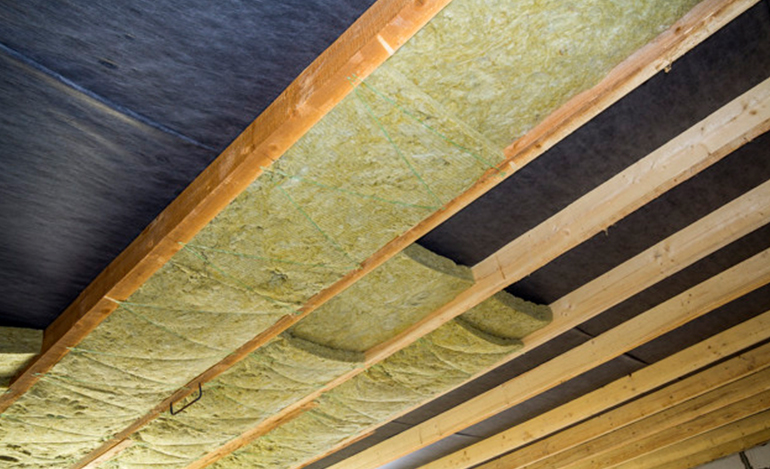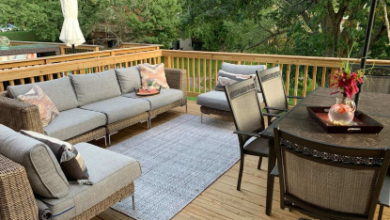Biggest Thermal Insulation Blunders and How to Avoid Them

Thermal Insulation, For the ideal functioning of your air conditioning systems, you need to have good home insulation. Insulation works along with your HVAC unit in achieving great comfort for you and your family.
Many homeowners try to cut down on the costs of insulation installation by doing it themselves. With materials like Rockwool and spray foams, you might want to ask the help of a professional. They could help you understand what is right for your home, which will also reduce the initial costs.
Before starting the installation process, follow some safety rules to avoid health issues. Wear protective goggles and gloves before getting to work. A common dust mask can also make the working conditions better.
If you are planning on insulating your new home or redecorating an old one, here are a few mistakes you might make during the process.
Wrong Insulation
The first step of planning is obviously choosing what type of material you want to use. There are multiple options available in the market varying in efficiency and price.
Fiberglass
One of the popular insulation materials among homeowners is fiberglass. Fiberglass is made of fine glass fibers which have good thermal and acoustic insulation properties.
For walls, these are available in three forms- loose-fill, batts, and rolls. This is suitable for walls, attics, joints, and crawl spaces. Since you do not have to access the roof often, fiberglass can be suitable as acoustic ceiling insulation.
Installing fiberglass batts is easy but comes with risks for you. These fine glass particles can disperse easily through the air and can cause breathing trouble. There are reports of them causing nausea and itching of the eyes. So always make sure you wear the required security gear including goggles and masks.
Rock wool
This is one of the most efficient insulation solutions available for you. Rockwool, also called mineral wool, has fibers that are so closely packed. The Rock wool thermal insulation has a higher R-value which means you do not have to worry about any fire accidents.
Dense fibers allow very few sound waves to pass through them. This makes it an overall solution for both thermal and acoustic insulation.
Rock wool has a wide range of products available which includes the Rock wool Flexi and the Rockwool pipe insulation.
Spray Foam
Well, fiberglass and Rock wool insulation need very little training to install. But Spray foam is a whole different story. It requires expert knowledge and experience to apply and takes a minimum of 24 hours to cure.
But compared to fiberglass, it has four times better thermal resistance and also displays acoustic properties.
Not Sealing Holes
Before applying the insulation to walls, seal all unnecessary holes and crevices in the walls. These include random openings in the wood that may allow air to enter and escape your house.
Also, there might be electrical outlets and wires running that may have produced some openings in the wall. Take care to not disrupt the wires and also insulate the gap between the outlets and the wall.
Prevention of Air Flow
As you have already read, properly closing all holes and crevices that let hot air in is a must before insulation.
Air vents play a major role in taking cold air from the centralised air conditioning unit to all places in the house. So closing them with insulation will do more bad than good. Obstructing air flow can increase the chances of high humidity, mold outbreaks, and foul air quality.
No Vapor Barriers
If you are working with fiberglass insulation batts, they will have a paper backing. These are called vapor barriers. Many DIY enthusiasts make the mistake of taking them off before installing the batt to the walls. Some might even install them the wrong way.
As the name suggests, these coatings or backings provide a separation between the insulation and moisture. Fiberglass fibers could have serious damage if directly exposed to moisture for some time. With time rot and mold will set in and you might have to change the entire batt.
The right way to install an acoustic insulation slab with a vapor barrier is to face the backing towards the interior of your home.
On the other hand, Rock wool thermal insulation has high water resistance properties, so it does not need a vapor barrier. But if you want to improve the water-repelling feature and keep the moisture out without taking risks you can add a polyethylene cover over Rock wool.
No Floor Insulation
Do you think you can cut down costs by not insulating the floors? Well, there are always the rugs and carpets to tone down the sound, right? No, you thought wrong. Floors are one of the major sources of noise pollution inside your house. Just like for the ceiling and roof, there is a need to do acoustic floor insulation. You can opt for a cheaper option for the floor like a fiberglass acoustic insulation slab, which is better than no insulation.
Summing Up
Always take extra care if you are planning to get your hands dirty by insulating your house. There are many chances of you doing something that can negatively affect both your home and your budget. Select a material that can achieve good thermal and acoustic insulation.
Get basic information about the insulation material you chose for the work. Make sure that you have sealed all unwanted holes properly. Give the insulation enough time and cure and you will have an excellent result in the end.
Visit for more articles



